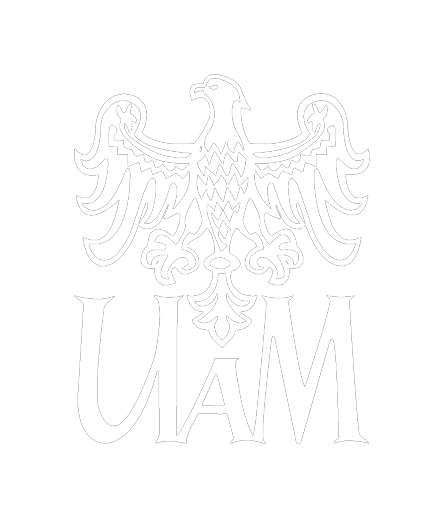We showed that in addition to the spatial attributes of woodlots (that is, their area, isolation, and shape), local habitat is an important predictor of woodlot bird species richness. The overall richness of bird species increased with vegetation height and the richness of woody plant species and decreased with the cover of an invasive tree, the Black Locust Robinia pseudoaccacia. On the contrary, the richness of farmland bird species was positively related to the diversity of woodlot microhabitats, which reflects mainly enrichment by non-forest habitats such as grassland or sparse shrubs.
Our results indicate that the current practices implemented by the EU’s CAP subsidy system favour widespread forest bird species, but not the farmland birds that are more threatened in Europe, for which a microhabitat heterogeneity should instead be maximized.
The study was carried out in cooperation with Charles University in Prague, Czech Republic.
Dvořáková L., Kuczyński L., Rivas-Salvador J. and Reif J. 2022. Habitat Characteristics Supporting Bird Species Richness in Mid-Field Woodlots. Frontiers in Environmental Science. 10:816255. https://doi.org/10.3389/fenvs.2022.816255

